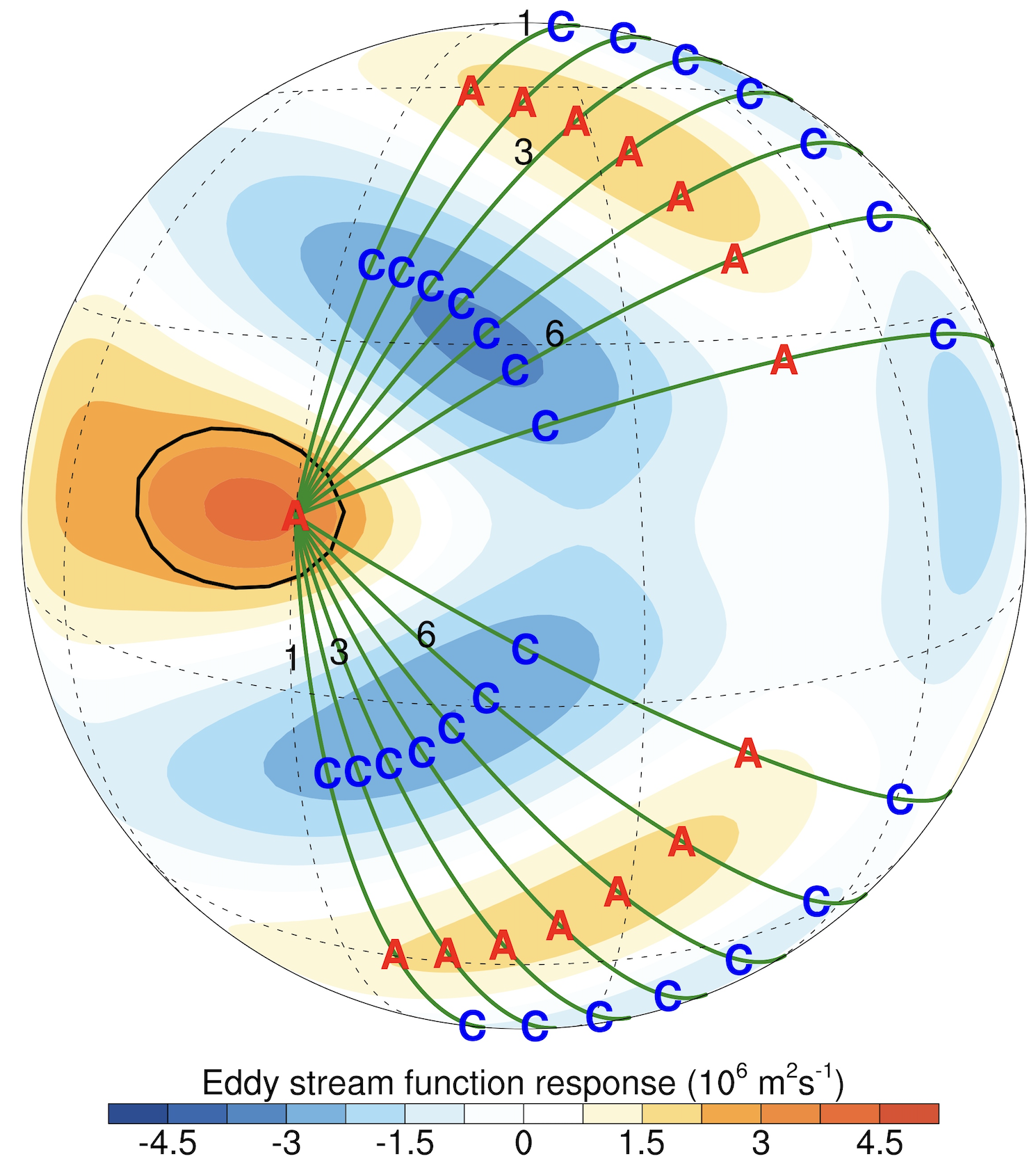Key Research Questions
Word Cloud
](/pubs/googlescholar_wordcloud.png)
Key research questions
1. ENSO Dynamics, Complexity and Predictability
What governs the dynamics, complexity, and predictability of El Niño–Southern Oscillation (ENSO)?
How do observations and climate models compare in capturing ENSO’s evolution, impacts, and seasonal predictability? What new insights can improve ENSO forecasting?
2. Tropical Interbasin Interactions
How do the Pacific, Indian, and Atlantic Oceans interact to shape tropical and global climate variability?
Can we quantify these interbasin teleconnections in observations and models? How do they influence regional and global climate patterns?
3. Regional Climate Extremes
What drives the occurrence and intensity of heatwaves, droughts, and floods, marine heatwaves and ocean waves extremes? How are these extremes and their compounding effects linked to global climate modes, and how might their frequency and intensity shift in a warming world?
El Niño-Southern Oscillation
Dynamics, Complexity, Predictability, and Future Changes
](https://www.climate.gov/sites/default/files/2022-04/ENSO-states-viz.jpg)
The El Niño-Southern Oscillation (ENSO) is the most prominent driver of seasonal-to-interannual climate variability on Earth, significantly influencing global weather & climate patterns, ecosystems, and economic systems. Reliable predictions and future projections are cruial for preparing and mitigating its widespread effects. We use hierarchies of climate modeling together with observational analyses to reveal ENSO multiscale dynamics and sources of ENSO predictability. We built the conceptual extended nonlinear Recharge Oscillator (XRO) model to both predict ENSO events and quantify the various sources of ENSO predictability from climate mode interactions.
ENSO predictability
ENSO dynamics
ENSO future changes
ENSO impacts
Inter-basin Interactions
Dynamics and Predictability

](https://revisionworld.com/sites/revisionworld.com/files/imce/el-nino2.gif)
Pantropical SST dynamics and predictability
The Pacific, Indian, and Atlantic Oceans are dynamically linked through interbasin interactions across timescales, shaping tropical climate variability and influencing global extremes. However, these interactions are poorly represented in climate models, limiting the predictability of key modes such as ENSO and the Indian Ocean Dipole (IOD). Understanding these linkages and model biases is crucial for improving climate forecasts and future projections.
Atmospheric Teleconnections
Dynamics and Impacts

Stationary Rossby wave propagation theory on a non-uniform flow
Rossby wave propagation is responsible for the large-scale atmospheric teleconnections. However, the classic theory predicts that stationary Rossby waves cannot propagate across the easterlies, which hinder people to understand many observed and simulated interhemispheric teleconnections. We refined the theory of Rossby wave propagation by adding consideration of background meridional flow. The new theory suggests that local meridional background flow acts as a one-way wave tunnel for the cross-equatorial propagation of Rossby waves. It is valuable to understand many observed interhemispheric teleconnections and tropical–extratropical interactions.
Decadal-scale variations of haze occurrence in China related to natural climate variability
ENSO teleconnection changes
Climate in the Past
Paleo-proxies Reconstruction, Paleoclimatic Modeling